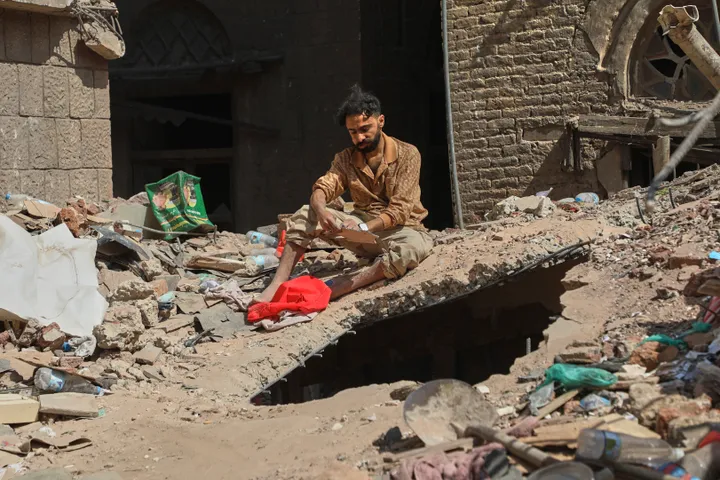A newly released report has detailed the myriad of ways in which mainstream media organisations perpetuate anti-Muslim rhetoric.
From October 2018 to September 2019, the Centre for Media Monitoring analysed 34 British media outlets through their online websites and 38 television channels to ascertain the ways in which organisations employ anti-Muslim and anti-Islam language.
The centre, which highlights negative trends and biases in media through charitable funding, found that 14 percent of articles analysed were either "Biased" or "Very Biased" with top offending publications being Christian Today, The Spectator and Daily Mail Australia.
The report also found 60 percent of articles across mainstream publications associated negative aspects and behaviours with Muslims and Islam, with AFP, Reuters and Associated Press listed as top offenders.
It cited numerous examples of wire services ascribing negative behaviour to Islam by linking the religion with crimes like murder, torture, rape and female genital mutilation in their coverage, even when the belief has no place being in the story.
READ MORE: As the UK seeks to strip citizens of citizenship, are Muslims the target?
De-linking tropes and religion
The review noted seven percent of articles analysed were found to employ negative tropes and generalisations against Islam.
According to the centre, the Spectator had the highest proportion of articles that misrepresented Muslims and Islam, noting that articles that engage in such misrepresentation and put out “irrelevant” and “misleading” headlines are mostly produced by right-wing media outlets.
The report noted that 1 out of 3 articles are seen as very biased against Islam despite only 6 percent of articles focusing on religion.
Attributing certain aspects of crimes that are committed across a spectrum of races and ethnicities, to Islam, it cites how honour killings become ‘Islamic honour killings, how opposition to Israel is labelled ‘Islamic anti-Semitism, and how “gunmen become ‘Islamic gunmen’”.
The report explains how terminology that is emotive and dramatic in nature when juxtaposed with references to Islam creates links in readers minds’ between religion and violent actions.
It warned media organisations against employing sensationalist and alarming language in headlines, particularly when covering Islam.
READ MORE: No, saying ‘Paki’ is never ‘banter’
A reductive lens
The report details how British media uses the lens of sectarianism to view and report on conflict in the Middle East and the Muslim world. It details the media's failure to expound on the complexities of the Sunni-Shia dichotomy, often falsely attributing events in Syria, Iran and Iraq to the purported rift.
It also delves into the use of keywords that infuse bias into articles, for example, the use of the word “regime” to describe states opposed by the UK, in comparison with the more neutral “government”.
The review highlighted the media’s misleading usage of the word “Islamic” to precede a violent act or to describe someone in a disparaging way, as mainstream media did to describe slain journalist Jamal Khashoggi. The report notes how the use of the word Sharia is used in tandem with violent, extremist or terrorist acts.
The report urges media organisations to avoid associating Muslim beliefs with crime, terrorism and extremism unless necessary, to provide broad perspectives on Islam, increase representation of Muslims in editorial roles and encourage reporters to be aware of bias.
It noted that the worst instances of misrepresentation of Islam in the media led to libel cases.
























